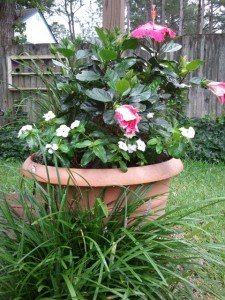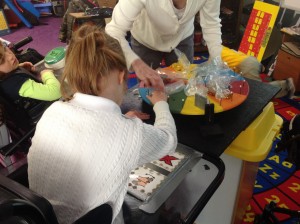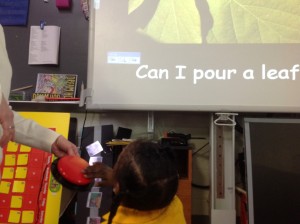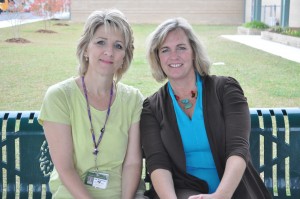
In my first blog, I discussed how important it is to “bloom where you are planted” because it doesn’t matter where you live or teach. Anyone can make a difference in whatever situation or classroom they are placed. My instruction is different from that of many of the Kenan Fellows because I teach students with severe disabilities and deaf/blindness. I am happy to ‘bloom’ and create adapted methods for my students to participate in science-based activities while integrating literacy, communication and other academic areas. I love what I do. The Kenan Fellows Program has encouraged me to research methods and ideas to teach my students more effectively. I really enjoy listening to things other Kenan Fellows are doing and to figuring out how I can tailor it for my students with multiple severe cognitive and physical needs.
This has been such an eventful year, especially due to the Kenan experience. What a time to be involved in this great organization, with so many political issues right now related to the teaching profession. This experience has made me very introspective of where I am and where I want to go. So many of the younger Kenan Fellows have such a great future ahead of them. As I have 24 years of experience behind me, I am getting closer to the retirement age. 🙂 I am not ready to be done with what I can accomplish for students though. The Kenan Fellows Program has inspired me to make plans for the future in my professional life as related to students with disabilities. When Eric Gukian visited the Kenan Fellows group last fall, I came away feeling that years of experience didn’t have much respect, as if we were all done with being interested in learning new techniques and methodology. If that is indeed the thought of administration, I am here as an example of a “seasoned” teacher who still loves learning and growing in my instruction. I plan to continue to fertilize the garden and bloom for my students as long as I can.


